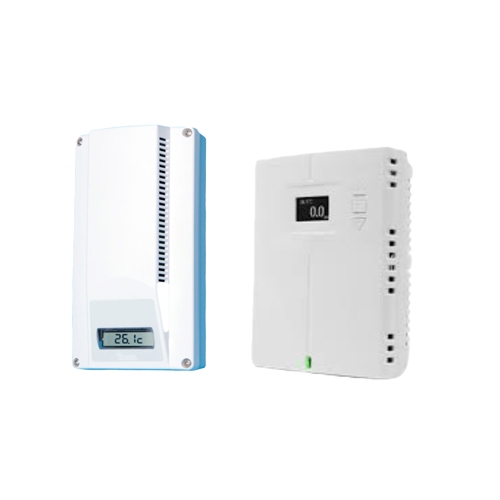
HVAC Sensor
Categories:
Metering and InstrumentationDescription
Specifications
-
Sensor Types:
-
Temperature sensors (RTD, thermistor)
-
Humidity sensors (capacitive, resistive)
-
Pressure sensors (gauge, differential)
-
CO₂ sensors (NDIR – Non-Dispersive Infrared)
-
VOC sensors (metal oxide semiconductor)
-
-
Measurement Ranges:
-
Temperature: -40°C to +125°C (depending on model)
-
Relative Humidity: 0% to 100% RH
-
Pressure: 0 to 5000 Pa (for duct pressure), or up to 16 bar (for refrigerant)
-
CO₂: 0 to 5000 ppm (parts per million)
-
VOC: 0 to 1000 ppb (parts per billion)
-
-
Output Signals:
-
Analog: 4–20 mA, 0–10 V, 1–5 V
-
Digital: RS485 (Modbus), BACnet MS/TP, I²C, or wireless (LoRa, Zigbee)
-
-
Accuracy:
-
Temperature: ±0.2°C to ±0.5°C
-
Humidity: ±2% to ±5% RH
-
CO₂: ±50 ppm or ±3% of reading
-
-
Power Supply:
-
12–24V AC/DC or battery-powered for wireless models
-
-
Installation:
-
Wall-mounted, duct-mounted, ceiling-mounted, or embedded in equipment
-
-
Protection Rating:
-
IP20 for indoor use
-
IP65/IP66 for industrial or outdoor applications
-
-
Typical Applications:
-
Office buildings, malls, and hospitals (for comfort and energy efficiency)
-
Cleanrooms and laboratories (for humidity and air quality control)
-
Data centers (temperature and airflow monitoring)
-
Residential HVAC automation
-